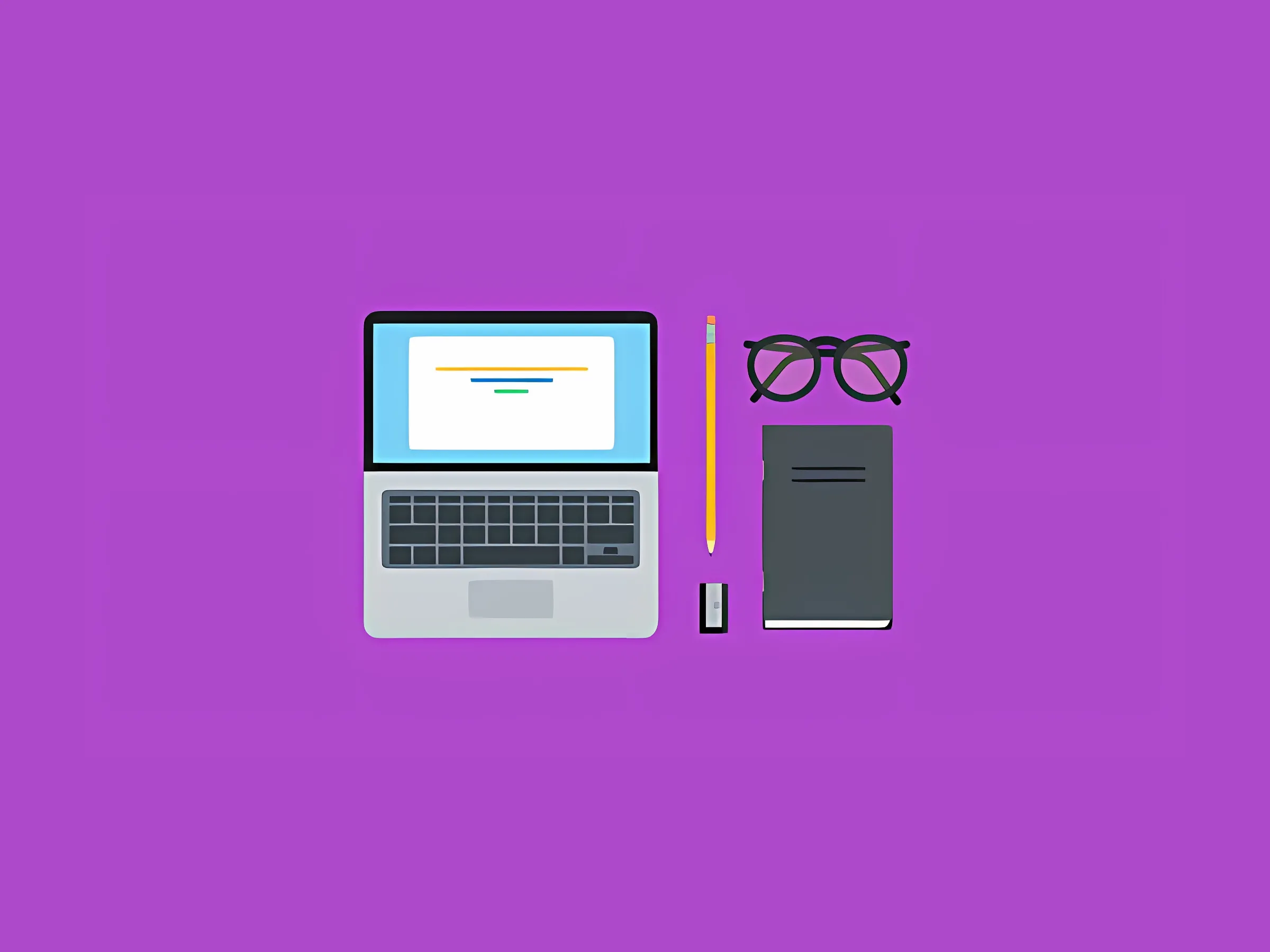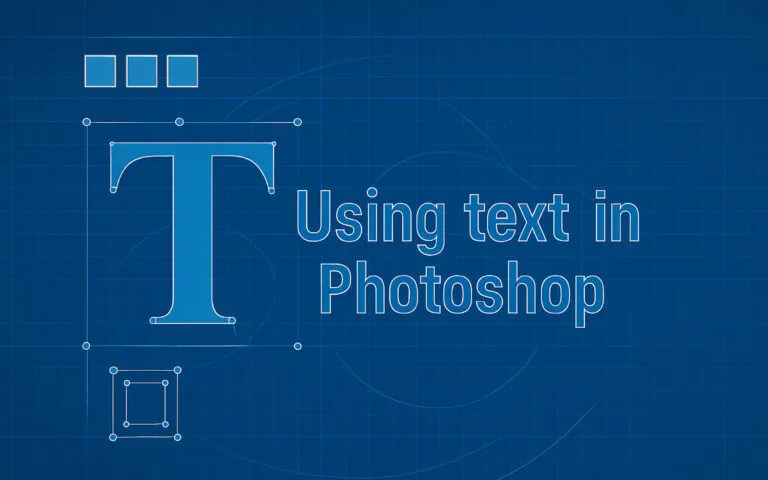Why is HTML an Essential Skill?
It’s funny how we pick up little bits of code without really realising it..
Anyone sending out HTML newsletters or making changes to their company website will know how time consuming it can be trying to format a page or newsletter exactly as you want it without formal knowledge of HTML. But there are more important reasons than simple time-savings for you to learn HTML and CSS.
Communicate Effectively with Developers
If you have a good basic understanding of the technologies you are using, it makes it a lot easier to communicate effectively with the developers and application support staff for the web-based systems you use (which is practically all of them these days, isn’t it?).
Understand What’s Possible
Staying up-to-date with the technologies and trends helps you creatively and practically. Creatively, because it can help to inspire you. Practically, because you know your plans are in the realms of possibility. And, of course, it means none of your developers can tell you “it can’t be done” or it is “too big a job” if you know exactly what’s involved.
Improve Your Understanding of SEO
Making improvements to your SEO doesn’t require you to know HTML, but it certainly makes it easier when people are bandying about terms like “tags”. More than that, if you are going to take SEO seriously and go beyond tags and links (which you’ll need to do if you are going to be successful) you are going to need some technical knowledge.
Take Care of Quick Fixes for Yourself
Wouldn’t it be great if you didn’t need to escalate as many questions to support? They could concentrate on the jobs where they are really needed, you both eliminate a whole lot of digital “paperwork”, and you’re not waiting days for five-minute jobs to be completed for you.
Tweak and Tailor Your Email Templates
If you use MailChimp or other similar email services to send HTML emails, you will probably have wished at least once that you could get your email templates to more closely match your other marketing communications.
A good working knowledge of HTML and CSS can help you here too – whether you want to create bespoke email templates or simply tweak the one of the provided templates to your brand style.
Update and Manipulate Web Pages as You Want Them
Whatever template you choose and however rigorous you were when creating your use cases or requirements specifications, the chances are that, before too long, you’ll come across some limitations to it. Or some parts of it that you wish you could do a little differently.
And I suppose that’s how we find ourselves picking up little bits of code without ever really realising that we’re learning it.
By taking a formal HTML course you can have the confidence to make small changes – like changing the size an embedded video displays as – without spending a couple of google search hours to find the answer you need. And you’ll also have the skills to progress to making bigger changes, like adding forms or sign-up boxes.
Integrate Tracking and Reporting Technologies
Not only will a bit of HTML knowledge help you to implement Google Analytics, or other similar tools, it will also help you to ensure its smooth running, troubleshoot when things go wrong and make quick fixes to put things right. And if you haven’t implemented a tracking and reporting tool like this, then this alone will give you your ROI on the cost of taking a HTML course.
So where do you start?
Start with the basics of front-end technologies: HTML and CSS. HTML covers the structure and framework of your web pages and email templates. CSS covers the style and design of a web page, including colour, font type, alignment and padding. These are the best skills to start with. From there, you might want to add more complex front-end languages like JavaScript or server-side languages such as SQL, Ruby, PHP or Java.






